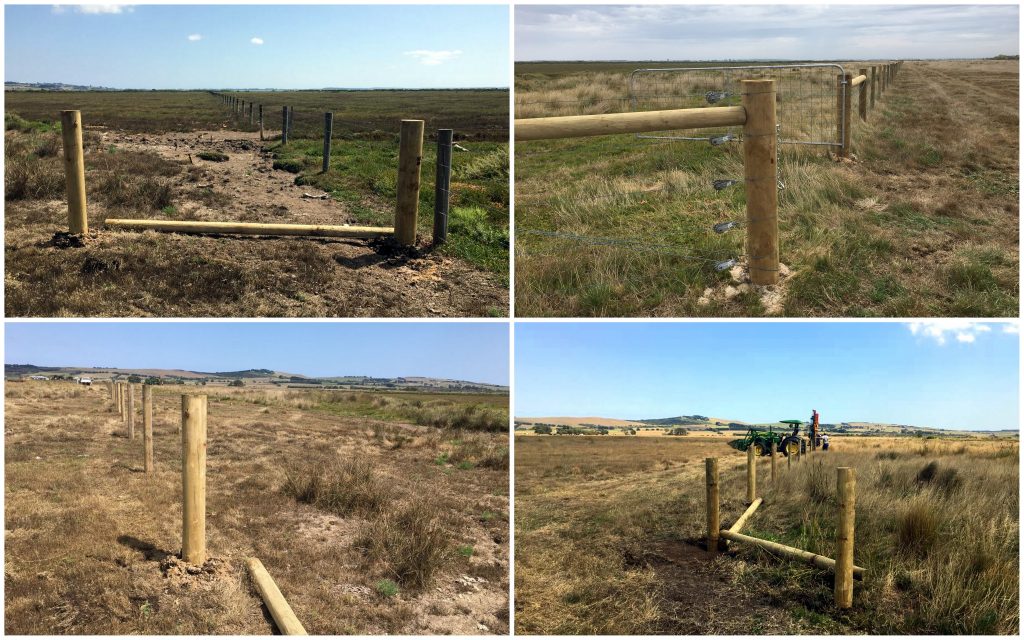The Victorian Coastal Wetland Restoration Program (#VicWetlandRehab) targets several threatened, high-priority conservation areas (including RAMSAR-listed wetlands that are critical for migratory and resident shorebirds) along a 500 km stretch of Victoria’s coast, spanning Port Phillip Bay, Western Port Bay, and the Gippsland Lakes. Coastal wetlands (including saltmarsh) in each of these locations have been highly degraded. Port Phillip Bay, for example, has lost ~50% (1700 ha) of its coastal saltmarsh due to agricultural development, anthropogenic modifications to tidal flow, and urban development. Threats to these coastal wetlands continue to this day, ranging from stock grazing, four-wheel driving, and inappropriate recreation, which have been identified as having medium to high impact across much of the state. This makes protection activities such as fencing a priority, as this will enhance areas where saltmarshes and mangroves would otherwise thrive.
Globally, the most common use of saltmarshes has been the conversion to pasturelands for livestock (e.g., cattle, sheep, goats, horses). Livestock grazing on saltmarsh can have the following environmental impacts:
- Stock trample and graze plants thereby changing the vegetation composition and structure of saltmarsh,
- The exposed bare soil from stock grazing can encourage weed growth,
- Through selective grazing, stock can alter the vegetation community composition and diversity of saltmarsh,
- Soil compaction by livestock can reduce soil pore size and cause anaerobic conditions which in turn diminishes decomposition and carbon dioxide emission rates.

In February 2020, fencing installation began at our site in Western Port. Our project partner, Parks Victoria (PV), had been working closely with private landholders in the area to identify suitable sites. PV Senior Marine Ranger Thierry Rolland was able to find a willing landowner that had a 10 ha patch of degraded saltmarsh which was previously used for grazing cattle. The fencing installation was completed in late summer when the ground was dry to minimize damage to the land by the tractor needed to install the fence.
Fencing is a relatively low cost (~$15 per metre) restoration technique to remove grazers from land that was once formerly saltmarsh. Due to cost savings from the original site we are looking to fence several other patches of saltmarsh habitat in the area that have also been degraded due to livestock grazing. Stay tuned for updates about the BONUS restoration work we can complete.
Part of the on-going research for this site will be monitoring the recovery of the saltmarsh in the fenced protected area. We will be monitoring greenhouse gas fluxes, soil carbon, soil accumulation, vegetation and bird biodiversity (seasonal surveys completed by Birdlife Bass Coast).
